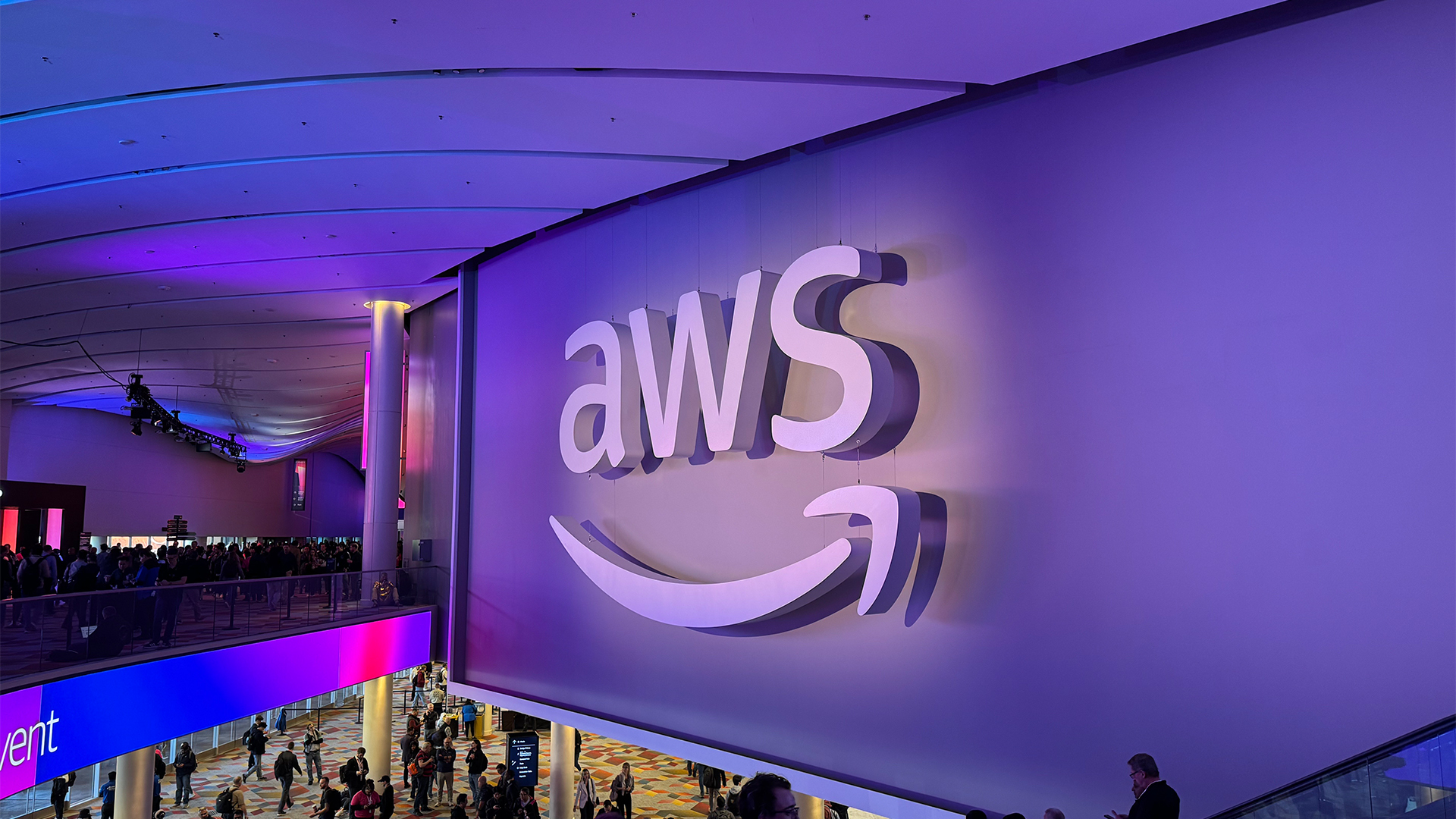From a bang to a whisper: Where AI goes next
As AI developers gradually leave hype behind, it's becoming clear that generative AI models were never the game changers some sold them as


If you tell people that a new technology will a) steal their jobs and then b) end the world, you can be sure they’re going to pay attention.
Generative AI probably won’t usher in the apocalypse world, although it may well impact hiring. Either way, a wave of AI startups have benefited hugely from the drama of these sorts of claims.
It’s made AI seem sexy and dangerous – and helped it to stand out, especially in a tech industry where nothing else has ever been particularly sexy or dangerous. These concerns fanned with claims by the likes of Sam Altman that the sector is closing in on artificial general intelligence (AGI), have also ensured AI is impossible to ignore.
This is especially true for executives desperate to invest and add a whiff of excitement to their otherwise boring IT infrastructure.
Certainly, there have already been some early wins to justify the excitement. Generative AI has created innovative tools that will make workers more efficient and productive, with the potential to save workers up to 2.9 hours per day.
Copilots are now widespread – particularly for AI coding assistance – and can help boost coders’ productivity by automating some of the drudgery that keeps them from innovating. Companies are already getting AI to write chunks of their marketing, and are using AI to automate customer service calls.
All of this can save a business money. But for me none of this meets the standard for the huge, transformative impact that AI enthusiasts have promised.
Sign up today and you will receive a free copy of our Future Focus 2025 report - the leading guidance on AI, cybersecurity and other IT challenges as per 700+ senior executives
The false promise of AI
The hype that launched generative AI into the world may become something of a problem. Put simply, hype doesn’t cut it when what AI companies really need in the longer term is customers and revenue. That's going to be a lot harder – and a lot less glamorous.
Getting beyond trials and niches will be key. And one big survey has recently shown that, despite at 18 months of hype, not that many people are using generative AI in their jobs day-to-day.
For many, generative AI remains a novelty without obvious utility.
Perhaps that’s why AI companies seem to be shifting their approach. Up to now, developers such as OpenAI, Google, and Meta have placed emphasis on which transformer model is the most performant according to various computing benchmarks. The likes of OpenAI’s GPT-4o, Google’s Gemini 1.5 Pro, Anthropic’s Claude 3.5 Sonnet, and Meta’s Llama 3.1 have all tousled for the top spot.
RELATED WEBINAR

Updated models overtake the previous leaders on a monthly basis at this point, but this says little about real-world performance. Across 2024, it also feels as if the rate of advance has slowed to the point that developers are publicizing incremental gains model improvements rather than leapfrogging competitors.
Instead of focusing on relatively abstract benchmarking then, AI startups are moving their focus to how models might be used in the real world. Anthropic, for example, is focusing on enterprise use cases and trying to embed its AI assistant into enterprise workflows so it becomes a regular part of the working day rather than a one-off.
What’s increasingly clear is that the AI models themselves are going to be just one part of the puzzle. It may well be that the models become a commodity, and the real trick is to use business data to train models to come up with original insights. That starts to sound a lot like the promise of big data or digital transformation: a far less exotic vision of AI but perhaps a more useful one.
It could be that getting something uniquely useful out of AI is likely to be a long and drawn-out process for many companies.
A recent piece in the Wall Street Journal noted that companies have quite a lot of work to do when it comes to cleaning up their data before generative AI tools can deliver the right answers.
Nvidia was the biggest winner in the first wave of generative AI, but it’s likely that consultants are going to be the next big winners as companies look for expertise at reworking their data and computing infrastructure to accommodate AI. That’s likely to be a job that takes years, not months.
So where does this leave AI? Certainly, there will be transformative uses and perhaps a couple of chatbots will establish themselves as big brands for consumers (although beyond perhaps Amazon’s Alexa there seems to still be a very limited appetite for these).
In the business world, I think most of the AI will simply melt into the products and services that we use already, making them more useful and more responsive. AI will be everywhere, but it will be mostly invisible. That may well create the productivity boost that AI promises, but it’s likely that many people simply won’t notice the gains.
When all is said and done, it’s most likely that the revolutionary tech that arrived with such a bang will deliver on its aims for the workplace – but with a whisper.
Steve Ranger is an award-winning reporter and editor who writes about technology and business. Previously he was the editorial director at ZDNET and the editor of silicon.com.
-
 AWS just quietly increased EC2 Capacity Block prices – here's what you need to know
AWS just quietly increased EC2 Capacity Block prices – here's what you need to knowNews The AWS price increases mean booking GPU capacity in advance just got more expensive
-
 Accenture acquires Faculty, poaches CEO in bid to drive client AI adoption
Accenture acquires Faculty, poaches CEO in bid to drive client AI adoptionNews The Faculty acquisition will help Accenture streamline AI adoption processes
